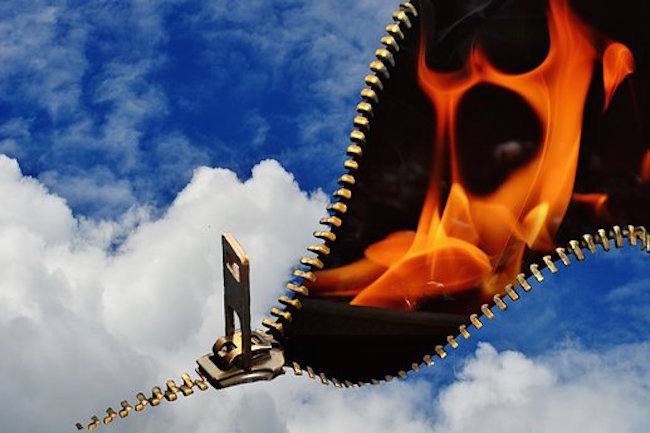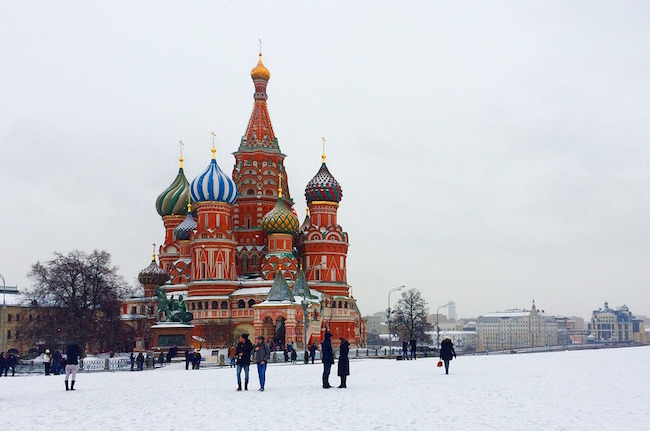Evidence of Inflation’s Inferno is Everywhere, but President Can’t Feel the Heat by David Haggith for The Great Recession
As I promised in my last article, I’ll now lay out where inflation has gone since my June update. Because so much inflation has emerged in the last few weeks, I can hardly keep up with the number of ways in which it is soaring and the reasons it will be more persistent than the Fed claims, even after Chairman Powell was pressed to up his own prediction last month from “transitory” to “possibly persistent.”
It amuses me to hear anecdotes like President Joe Biden’s claim that putting on a summer barbecue now costs sixteen cents less than it did last year. I know for a fact that my last barbecue doubled in price; so, for the first time in my life, I backed down from providing my usual T-bones for all (my favorite barbecue steak) to sirloin. Fresh-caught wild salmon at $28 a pound locally (ten bucks above last year’s price) also fell off the menu as it made the smile fall off my face. Even though my wife says I’m the best salmon barbecuer she knows, sorry, not with today’s inflation running hotter than my wood-fired grill. (And, with the price of gas on the rise, it may be a good thing I prefer wood fired so I can scavenge what I need.)
Biden’s out-of-touch claim reminds me of President George Herbert Walker Bush’s pretense that he was out buying socks at Christmastime like ordinary folk do (on camera, of course, like ordinary folk, to talk up the economy) when he exclaimed, “Well, would you look at that! Isn’t that amazing!” He was gesturing to the store scanner, having never seen one in action, thereby proving how truly out of touch he was with the slavering masses who had been familiar with store scanners for years. So, Sure! ol’ in-touch George was just out buying socks for Christmas like all of us do!
I have no doubt Barbecue Biden paid less this year, as he claimed, given that the White House is now paying for it. For the rest of us, though, inflation is real. I know I’m paying about 30% more for fuel than last year, and I’m told the old gas-guzzling SUV I drive will sell for 30% more, too; so, I’m offloading it while inflation is on my side in order to save on gas. Some of us live in the real world and not by theory, nor by the testimony of the splendidly ignorant. So, let’s look now to some real examples of persistent inflation.
Belaboring the labor issue
First, I stated in my last article that unemployment is every bit as serious now as it was during the Great Inflation of the seventies, if not more so. The Wall Street Journal provides the following update:
More than nine million Americans said in May that they wanted jobs and couldn’t find them. Companies said they had more than nine million jobs open that weren’t filled, a record high.… Wages are rising briskly even when the unemployment rate, at 5.9% in June, is well above the pre-pandemic rate of 3.5%…. Sand in the wheels of the labor market could cause inflation pressures that spur Federal Reserve policy makers to pull back on low interest rate policies….
This is a persistent problem, not something that will go away as soon as the government removes its life-support:
Several factors are behind the development: Many workers moved during the pandemic and aren’t where jobs are available; many have changed their preferences, for instance pursuing remote work, having discovered the benefits of life with no commute; the economy itself shifted, leading to jobs in industries such as warehousing that aren’t in places where workers live or suit the skills they have; extended unemployment benefits and relief checks, meantime, are giving workers time to be choosy in their search for the next job.
This is not going to all go away in September when extended and enhanced unemployment benefits end, though that is likely to help a little. The situation as it stands today, looks like this when you include everyone in the count who was employed before the pandemic and who is not employed now but who is still considered likely to be part of the labor force:




